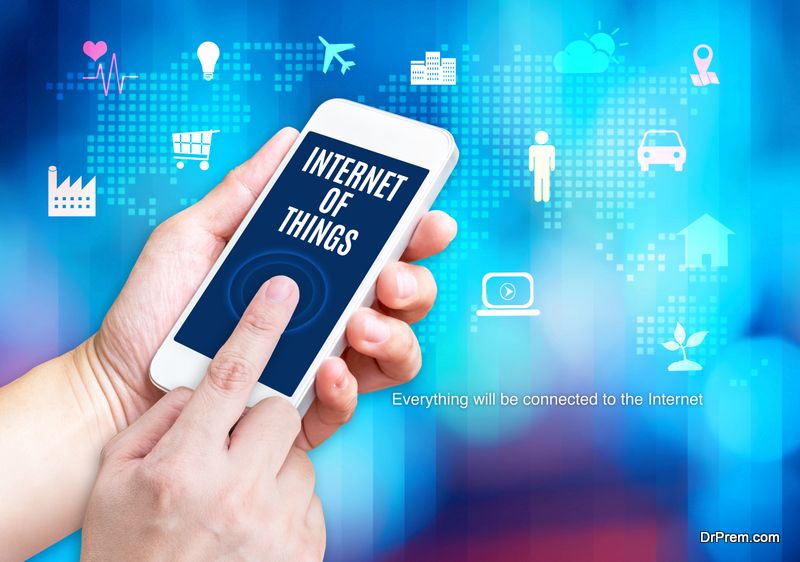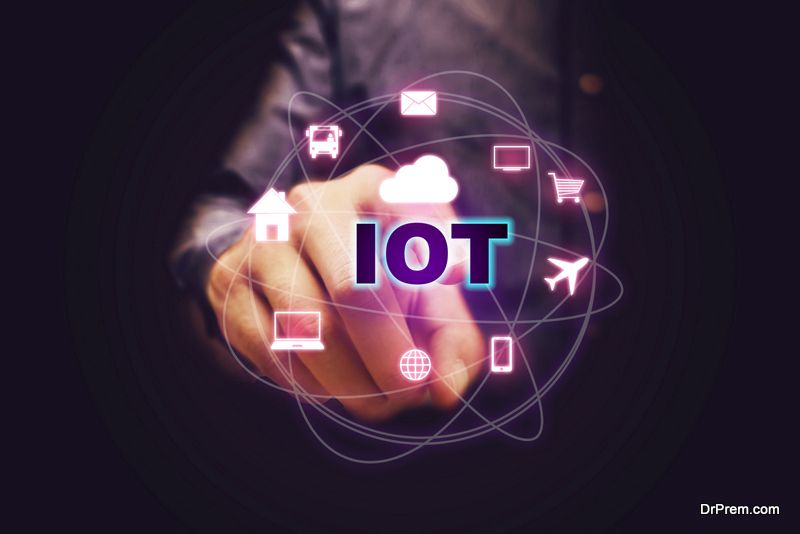The internet of things (IoT) has been a point of fascination for tech enthusiasts, business owners, and even ordinary consumers for nearly a decade. The number of connected devices in the average person’s home, and in the average business have sharply increased, and more people are interested in learning about the internet of things and business tech.
But what, exactly, is IoT, and how can businesses benefit from it?
What IoT Is (and Isn’t)
IoT refers to a system of interconnected computing devices, including highly functional central units like computers as well as singularly functional remote units, like RFID chips. The connections of these discrete devices across a singular network is what empowers them; each node within the network has the capacity to serve a function like tracking movement, collecting data, transmitting data, performing calculations, or allowing more efficient operative performance. Together, they create a system that’s much more efficient, capable of generating more data, and more powerful from a computing standpoint.
IoT isn’t a single, comprehensive technology. There’s no switch you can flip to transform your organization into an IoT-running business overnight, nor is there any one device or manufacturer leading the IoT trend. Instead, IoT is about the interconnection of discrete components.
The Potential Benefits of IoT
So why is IoT such a big deal for the business world? What are the benefits of incorporating IoT into your business?
1. Lower operating costs
 While incorporating more digital devices and a more comprehensive network into your organization bears a significant upfront cost, the trade off is lower operating costs in the future. For example, in the manufacturing industry, remote monitoring devices can actively and automatically monitor equipment. More reliably than a human being, these devices can detect when a machine is about to fail—and alert a human to take proactive action to make sure the machine isn’t interrupted. IoT devices can also remotely monitor energy consumption and other metrics, allowing businesses to make changes that ultimately reduce costs and boost profitability.
While incorporating more digital devices and a more comprehensive network into your organization bears a significant upfront cost, the trade off is lower operating costs in the future. For example, in the manufacturing industry, remote monitoring devices can actively and automatically monitor equipment. More reliably than a human being, these devices can detect when a machine is about to fail—and alert a human to take proactive action to make sure the machine isn’t interrupted. IoT devices can also remotely monitor energy consumption and other metrics, allowing businesses to make changes that ultimately reduce costs and boost profitability.
2. Better understanding consumers
Some types of IoT devices can also provide businesses with a better understanding of their customers. For example, remote devices can monitor and track user behavior in a physical retail environment. They can also combine these metrics with information from online sources, like measures of consumer traffic and purchasing habits on your online storefront. When combined, a business can produce high-quality customer profiles and render predictive analytics that help them produce better products or create smarter marketing campaigns in the future.
3. Better understanding operations
 IoT is also hailed for its ability to improve operational efficiency and productivity. Small devices can track employee movements, and collect data about every stage of the production process; they can even track the transportation and transformation of parts and raw materials in manufacturing industries. Once collected and analyzed, this data can allow business decision-makers to make definitive conclusions about workflow efficiency, individual employee productivity, technical disruptions, and more. Additionally, some devices may lend themselves to more productive, efficient work, allowing employees to call upon the power of automation or faster manual actions (like scanning) to save hours of time.
IoT is also hailed for its ability to improve operational efficiency and productivity. Small devices can track employee movements, and collect data about every stage of the production process; they can even track the transportation and transformation of parts and raw materials in manufacturing industries. Once collected and analyzed, this data can allow business decision-makers to make definitive conclusions about workflow efficiency, individual employee productivity, technical disruptions, and more. Additionally, some devices may lend themselves to more productive, efficient work, allowing employees to call upon the power of automation or faster manual actions (like scanning) to save hours of time.
4. Transparency and customer satisfaction
Some forms of IoT are designed to improve customer service and overall satisfaction, in part by improving company transparency. For example, a company may use RFID chips to track individual shipments to different partners. These partners can track the progress of shipments in real-time, understanding exactly where they are and how long they’ll take to arrive. Additionally, some devices can allow for the remote diagnosis and troubleshooting of consumer problems; for example, utility companies are increasingly relying on remote monitoring to ensure consistent service provision to customers.
5. Higher workplace safety
 Better incorporation of IoT can also improve overall workplace security and employee safety. Tracking and monitoring devices can alert employees when they’re entering a high-risk area without the proper safety equipment, and high-tech vital monitoring devices can warn employees and supervisors when an employee is on the verge of being overworked. Additionally, security cameras can actively monitor the entire workplace, and automatically lock on to aberrations that could represent threats.
Better incorporation of IoT can also improve overall workplace security and employee safety. Tracking and monitoring devices can alert employees when they’re entering a high-risk area without the proper safety equipment, and high-tech vital monitoring devices can warn employees and supervisors when an employee is on the verge of being overworked. Additionally, security cameras can actively monitor the entire workplace, and automatically lock on to aberrations that could represent threats.
Incorporating IoT
Your success with IoT will depend on how you incorporate it into your business environment. Merely adding more devices to your workplace isn’t going to do much to boost your productivity or efficiency; you need to have a high-level strategy, and be discriminating when it comes to building your network. Additionally, you need to be wary of security; since all your devices will share the same network, any single vulnerability could compromise your entire operation. Finally, keep cost-efficiency in mind. Most IoT technologies have the potential to improve your profitability, but it’s on you to crunch the numbers and decide what each new technology is worth.
Article Submitted By Community Writer
